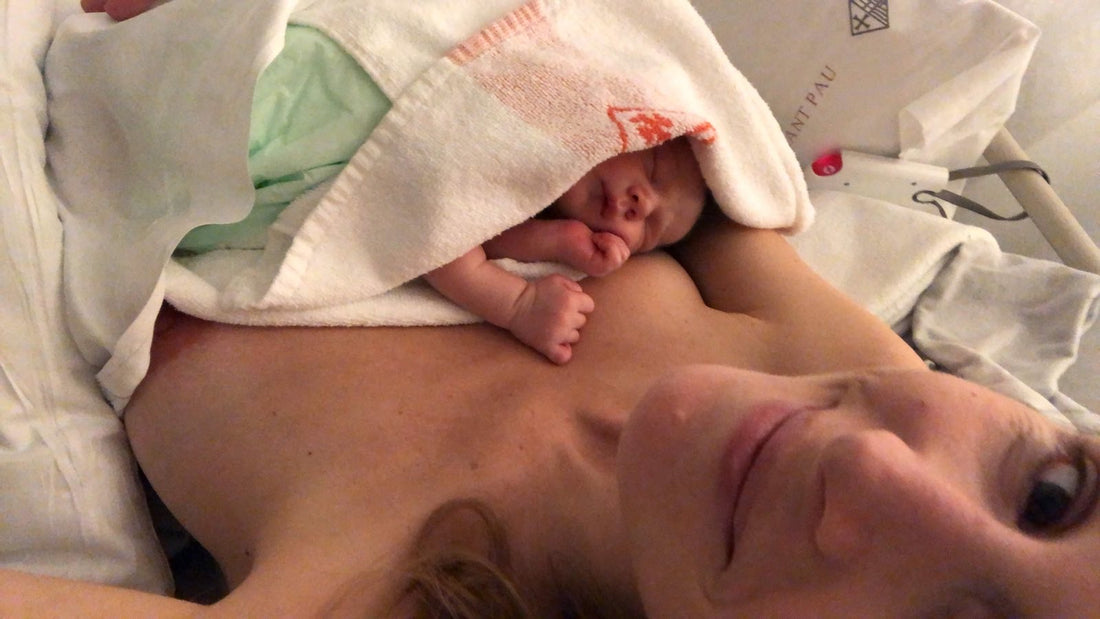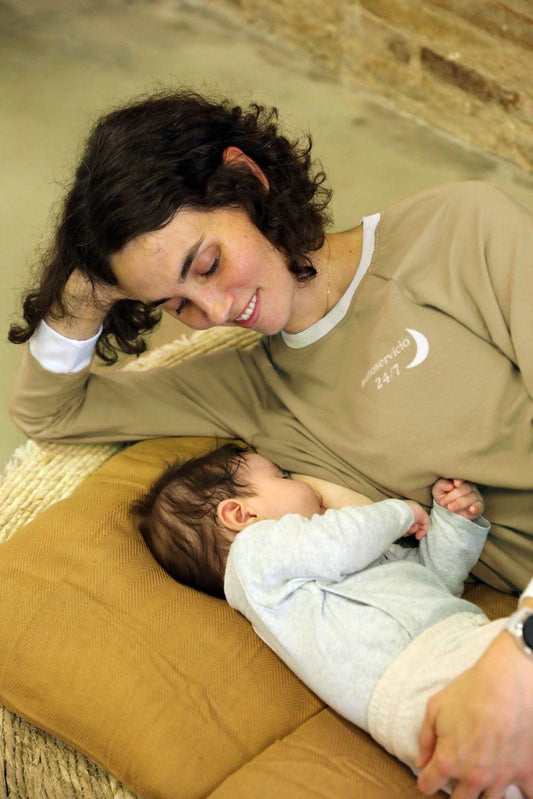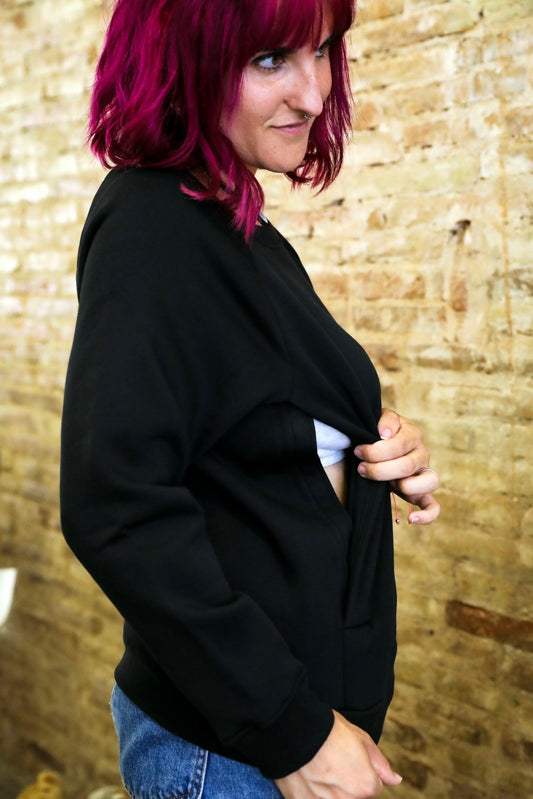Breastfeeding after caesarean section:
one of the most widespread myths is that milk let-down takes longer after a caesarean section compared to a vaginal birth.
Why are breastfeeding rates after caesarean section lower?
Breastfeeding is a unique and wonderful experience that provides a number of health benefits for the baby and the mother. However, after a caesarean section, there can be some challenges to breastfeeding, which are not really the fault of the caesarean section itself.
Fortunately, there are some simple solutions that can make breastfeeding more comfortable and successful for both mother and baby.
How can caesarean section affect breastfeeding?
Caesarean section is a major surgery which, in itself, can cause pain and then difficulty for the mother when breastfeeding (for example, it may be more difficult for the breast to find a comfortable position to breastfeed due to pain and discomfort).
However, it is the delivery of the placenta that generates the milk let-down (regardless of whether it is a vaginal or caesarean birth).
When the placental abruption occurs, the levels of hormones such as oestrogen, progesterone... progressively drop in the blood, until they are low enough for prolactin (the hormone that is responsible for milk production) to be able to act.
The hormones will then do their job whatever the type of birth you have, but then, whether at the beginning or later on, milk production depends above all on: STIMULATION.
Unfortunately, we do not always respect the very necessary skin to skin right after birth, not to go in a hurry to weigh and dress the baby after birth...
This is why separation is responsible for the lowest breastfeeding rates: if there is separation, there is no stimulation. If there is no stimulation, there is no signal for our body to produce (more) milk.
If you are planning to breastfeed after a caesarean section, here are some tips that can help you make breastfeeding a more comfortable and successful experience:
Start breastfeeding as soon as possible: the sooner the mother can start breastfeeding, the better it is for milk production and mother-baby bonding.
If the mother feels uncomfortable or unable to breastfeed in the first hour after birth, breast milk can also be expressed through a breast pump or by hand and fed to the baby (at this point it would be colostrum, and don't forget that the baby has a stomach the size of a cherry stone so a few drops are already a success, don't doubt your ability and the quantities).
It is not necessary to supplement with a bottle, which could cause nipple-nipple confusion.
Ask for help: It is important to ask for help from health professionals, such as nurses and lactation consultants, to make sure breastfeeding is successful if you need it. They can offer tips and tricks to make breastfeeding more comfortable and effective.





